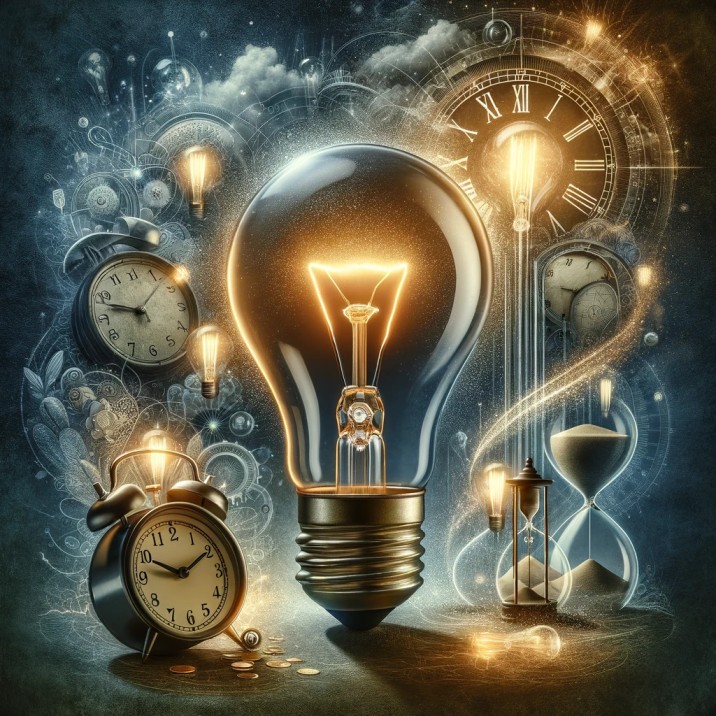A standard incandescent lightbulb typically has a lifespan ranging from 750 to 2,000 hours. This duration is influenced by various factors, from the bulb’s design and construction to how it is used in everyday settings. In the world of lighting, the simple lightbulb, particularly the incandescent type, has been a cornerstone of illumination for over a century. However, with advancements in technology and a growing emphasis on energy efficiency, understanding the lifespan of these bulbs is crucial. This article delves into the lifespan of the traditional incandescent lightbulb, examining its design, functionality, and how it compares to more modern lighting solutions.

Understanding Incandescent Lightbulbs
At its core, an incandescent lightbulb is a glass enclosure containing a tungsten filament. When electrical current passes through the filament, it heats up to the point of glowing, thus producing light. This process, while straightforward, isn’t particularly energy-efficient; a significant portion of the energy is emitted as heat rather than light.
Factors Affecting Lifespan
- Filament Quality: The durability of the tungsten filament plays a critical role. Thicker filaments may last longer but are less energy-efficient.
- Usage Patterns: The frequency with which a bulb is turned on and off can impact its lifespan. Frequent switching tends to shorten a bulb’s life.
- Voltage Fluctuations: Consistent and appropriate voltage maintains bulb longevity, while fluctuations can lead to premature burnout.
- Environmental Conditions: External factors such as vibrations, humidity, and ambient temperature can also affect a bulb’s lifespan.
Incandescent Bulbs vs. Modern Alternatives
In comparison to incandescent bulbs, modern LED (Light Emitting Diode) and CFL (Compact Fluorescent Lamp) bulbs offer significantly longer lifespans.
- LED Bulbs: These can last up to 25,000 hours or more, offering superior energy efficiency and a longer lifespan.
- CFL Bulbs: Compact fluorescents typically last between 8,000 and 15,000 hours, again surpassing incandescent bulbs in terms of longevity and efficiency.
The Decline of Incandescent Bulbs
Due to their relatively short lifespan and low energy efficiency, incandescent bulbs have seen a decline in usage. Many countries have enacted measures to phase them out in favor of more sustainable options. This shift is part of a broader movement towards reducing energy consumption and carbon footprints.
The Future of Lighting
The future of lighting is leaning towards technologies that offer greater efficiency and longer lifespans. Innovations in LED technology, in particular, are leading the way, with features like smart connectivity and color temperature adjustability.
Conclusion
The simple incandescent lightbulb, while a symbol of innovation in its time, has been overshadowed by more advanced and efficient lighting technologies. Its relatively short lifespan, coupled with energy inefficiency, has led to a decline in its use. As we progress, the focus on sustainable and long-lasting lighting solutions continues to shape the future of illumination.

